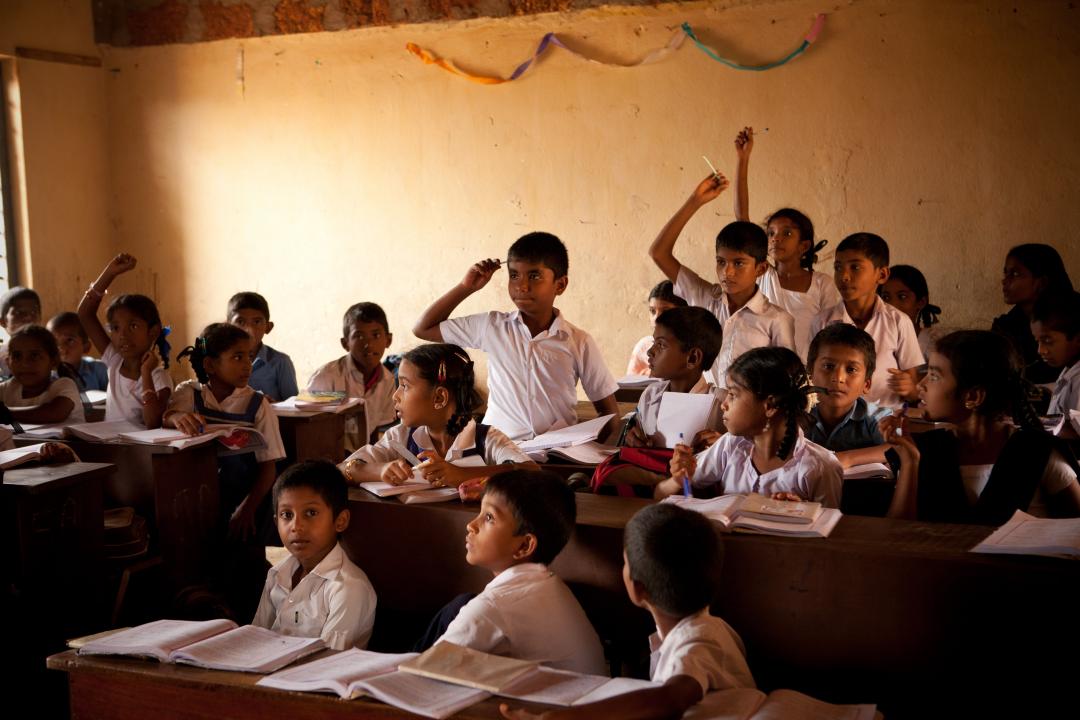Ten Activities to Promote Diversity in the Classroom
Diversity stands as an indispensable pillar of our society, with its profound relevance reaching into the heart of our educational spaces. As stewards of knowledge, we bear the duty of forging an inclusive atmosphere that reveres distinctions and equips our students for a global tapestry. The propagation of diversity within our classrooms cultivates tolerance, empathy, and a richer comprehension of our intricate world. In pursuit of this noble aim, I present ten dynamic activities that can seamlessly integrate into the classroom, fortifying the principles of diversity and inclusiveness.

Cultural Show and Tell: Encourage students to share aspects of their cultural heritage. They can bring in artifacts, clothing, or food items that represent their background. This activity not only educates classmates but also helps students appreciate each other’s unique cultures.
Diverse Literature: Include books, stories, and poems from various cultures and perspectives in your curriculum. Reading about characters from different backgrounds can help students gain empathy and broaden their worldview.
World Geography: Incorporate geography lessons that explore different countries and their cultures. Maps, virtual tours, and discussions about global issues can make geography exciting and informative.

Multicultural Art Projects: Engage students in art projects inspired by different cultures. Whether it’s creating traditional Japanese origami or African beadwork, hands-on activities can provide a deeper understanding of cultural diversity.
Guest Speakers: Invite guest speakers from diverse backgrounds to share their experiences with the class. These personal stories can be eye-opening and help students relate to real-world issues.
Language Exchange: If possible, introduce language exchange programs where students can learn basic phrases from different languages. This not only promotes language diversity but also encourages cultural exchange.
Debate on Global Issues: Organize debates or discussions on global topics such as climate change, immigration, or human rights. Encourage students to research and present arguments from various cultural perspectives.
International Food Fair: Host an international food fair where students and their families can prepare and share dishes from their cultures. Food has a remarkable way of bringing people together and sparking conversations about traditions.
Role-Playing Games: Use role-playing games to simulate scenarios where students must collaborate with classmates from diverse backgrounds. This can help them understand the challenges and benefits of working in multicultural teams.

Diversity Journal: Ask students to maintain diversity journals where they reflect on their experiences, thoughts, and feelings related to diversity and inclusion. This personal activity can promote self-awareness and empathy.
Conclusion
Fostering diversity within the classroom isn’t solely an educational necessity; it stands as a core element in equipping students for an increasingly interconnected world. The following ten initiatives serve as an initial step towards establishing an all-encompassing educational space where students can both recognize and honor individual distinctions. Through the embrace of diversity within our classrooms, we grant the upcoming generation the tools to become empathetic, broad-minded individuals ready to excel in a culturally diverse society.
Read More:-TOP 5 REASONS WHY EVERY CHILD SHOULD LEARN ROBOTICS
Read More:- Harnessing The Power Of Non-Governmental Organizations For National Development



